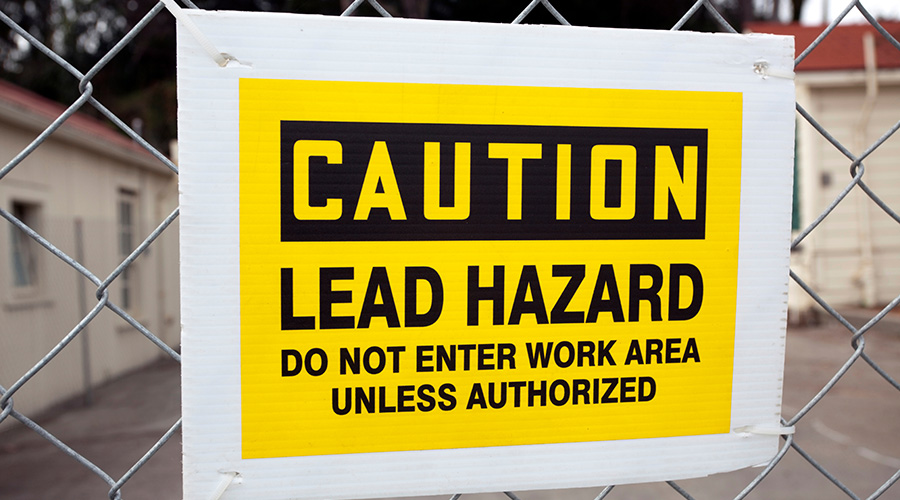Safe at Work: Creating Healthy Workplaces During Coronavirus Pandemic
Darrell X. Rounds discusses management, HVAC and cleaning strategies designed to create emotional safety for workers
These are unprecedented times. The world has stopped spinning. Governments have issued stay-at-home orders for their citizens. Businesses either have slowed to a halt or dismantled altogether. Many people’s lives have been affected, and many people have died. All of us await the day when things will return to normal, but will they ever?
Most of what we’re experiencing now – an increased vigilance in social distancing and personal hygiene, more robust controls on workspace configuration and workspace cleaning, leveraging the ability to telecommute and work from home, etc. – have become the new normal.
How do these events affect facilities – specifically, engineering and maintenance managers and their staffs? Consider the role these departments play in facilities and communities, from ensuring the proper operation and maintenance of facility assets and equipment to ensuring a clean and healthy work environment. Given the depth and breadth of their roles and responsibilities, you could summarize it this way: They play a key role in providing an emotionally safe environment in which to operate.
The impact of the coronavirus pandemic has shed light on managers’ ability to provide this kind of environment. To achieve this goal, let’s take a closer look at proven strategies managers can use to create and foster an emotionally safe environment in their facilities, as well as specific tactics to ensure they can sustain emotional safety within those environments.
Spotlight: Emotional safety
Why focus on emotional safety? Why not discuss physical safety and well-being?
Simply put, the strategies to create a healthy and physically safe workspace yield emotional safety in that space. Before we go further, let’s define that term. Emotional safety is “feeling like you can let your guard down and be yourself,” according to Dr. Dan Harris of Quantum Workplace. In the context of COVID-19, how many people can truly say they can let their guard down and be themselves at their workplaces?
Handshakes and hugs have become fist and elbow bumps. Eyebrows raise when someone coughs nearby. Even with the many uncertainties that still might come, managers must gain and maintain control of this situation in their workplaces by putting measures in place to put their tenants’ minds at ease during the pandemic and its aftermath.
Many people are working remotely from home these days, but in some organizations, essential workers still must come to the workplace to do their jobs. These workers need to feel safe especially working in these environments, despite the challenges of the times.
Communication in this case is essential, and highly visible signage placed in conspicuous locations alerts all those entering the workplace about the current situation and necessary precautions they should adhere to while in the building. At a minimum, signage should address these issues:
Conduct. Those entering the workplace should conduct themselves with respect to exposure to the coronavirus and COVID-19. If they are symptomatic or have been in close contact with individuals who have confirmed cases, they should not enter the workspace. They should self-quarantine for 14 days and follow up with their healthcare provider in line with provisions from the Centers for Disease Control and Prevention (CDC).
Hygiene. Those who enter the workplace must practice proper hygiene by covering their mouths when they cough or sneeze, washing their hands often, using hand sanitizer, wiping their workstations often and not touching their faces.
Social distancing. Those entering the workplace must practice social distancing by maintaining a distance of at least 6 feet from others. If they cannot do this for some reason, they must use a face mask.
Not only does signage alert those entering the workplace about precautions they need to take. It also reinforces the fact that the property owner and those managing the property take the health and welfare of those entering the workplace to heart, and it should make them more comfortable emotionally.
In the event of a confirmed COVID-19 case on an occupied floor, managers need a robust plan for communication with occupants regarding the case, as well as effective methods to sanitize and decontaminate the affected area.
One way to effectively communicate news on COVID-19 issues within the workplace and respective workspaces is by regular updates via an emergency response team. This team consists of representatives from tenant groups who distribute pertinent information to their respective groups.
Another way to communicate issues is through property-wide memos that provide pertinent information about operational changes and general issues to tenants and occupants, whether they work from home or on site. This is most efficiently done via email.
Related Topics:














